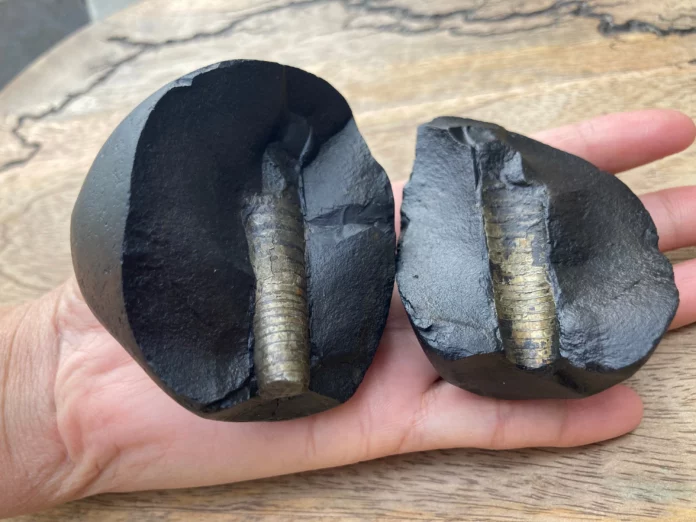Our planet holds many mysteries. Sometimes, people discover objects capable of overturning established beliefs about human history. Let’s talk about the 10 most mysterious and enigmatic artifacts of ancient civilizations, the deciphering of the secrets of which the world’s best scientists have been struggling with for many years, building the most incredible hypotheses, none of which have been confirmed yet.
1. Grooved Spheres (Klerksdorp Spheres)
These mysterious spheres have been found by South African miners over the past two decades. The artifacts have a diameter of about 2.5 centimeters and are made of bluish metal. Some of them are entirely metallic, while others are filled with a strange sponge-like substance. Each sphere is marked with three parallel lines.
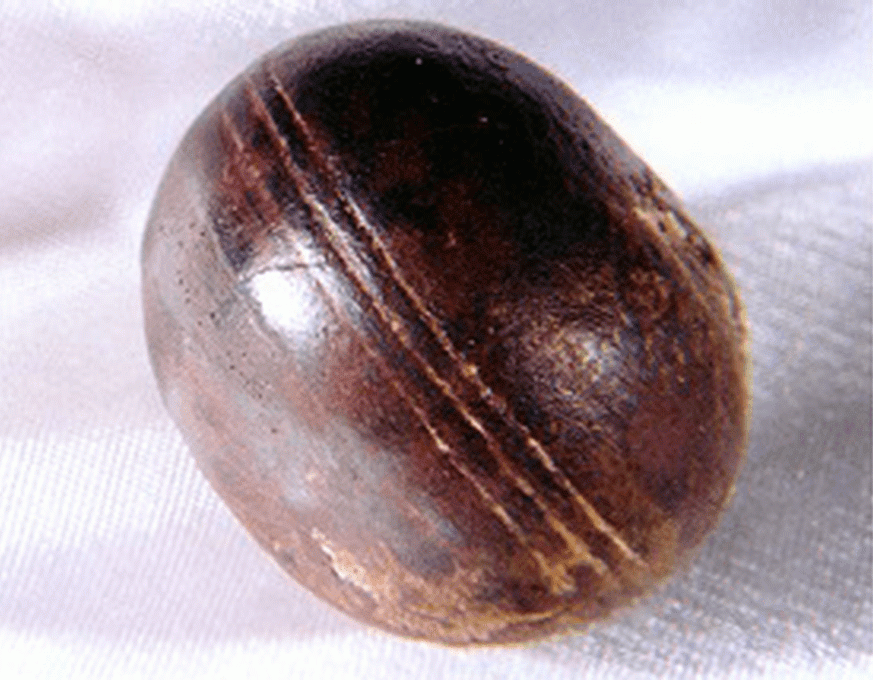
It can be speculated that these objects were used during rituals or were parts of ancient mechanisms whose purpose is unknown. However, there is one factor that rules out such explanations. The spheres are found in deposits from the Precambrian period, which formed over 2.8 billion years ago. Therefore, humans could not have made them.
2. Ancient Inca Aircraft
It is believed that humans only mastered the air relatively recently. However, there are findings that prove otherwise. For example, ancient Incas made toys resembling modern airplanes.
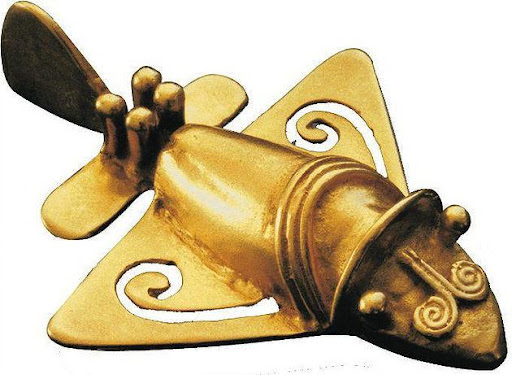
Scientists initially thought these were figurines depicting birds. However, engineers from Germany in 1997 created an airplane based on the remaining Inca prototypes. And this plane was able to take off.
3. Phaistos Disc
This artifact is rightfully considered one of the most mysterious in the world. It was discovered on the island of Crete in 1908. Scientists believe that the disc was created in the 17th century BCE. The disc is covered in incomprehensible symbols that do not resemble any known scripts.
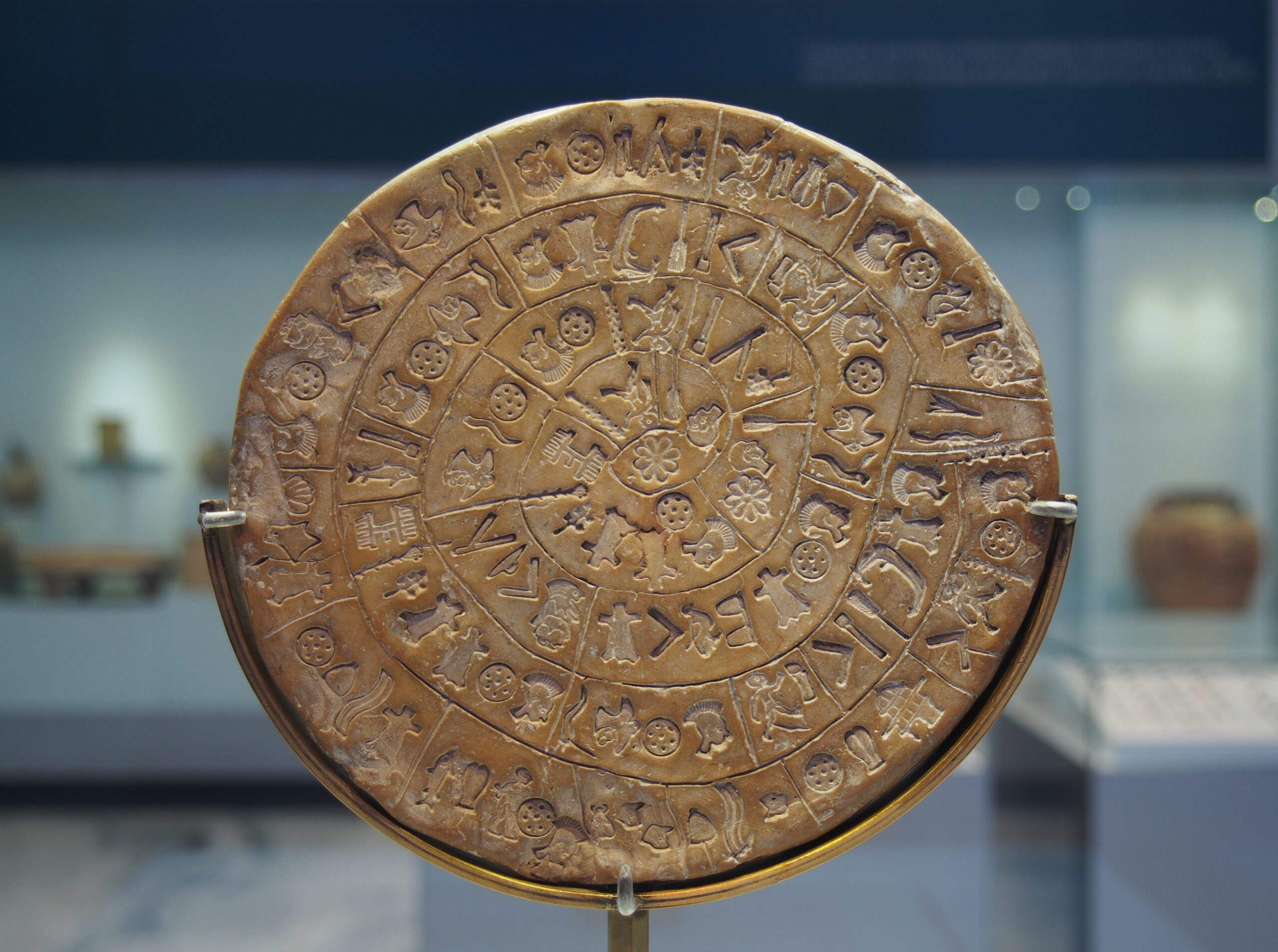
It is assumed that there are 64 words inscribed on it, but they cannot be deciphered yet. However, there is a possibility that the disc is just a forgery created by archaeologists themselves to draw attention to their work.
4. Kensington RuneStone
In 1898, a resident of Minnesota discovered a mysterious stone tablet inscribed with Scandinavian runes on his property. This discovery did not seem strange to him because America is a country of migrants, and it is difficult to say who lived on its territory some time ago.
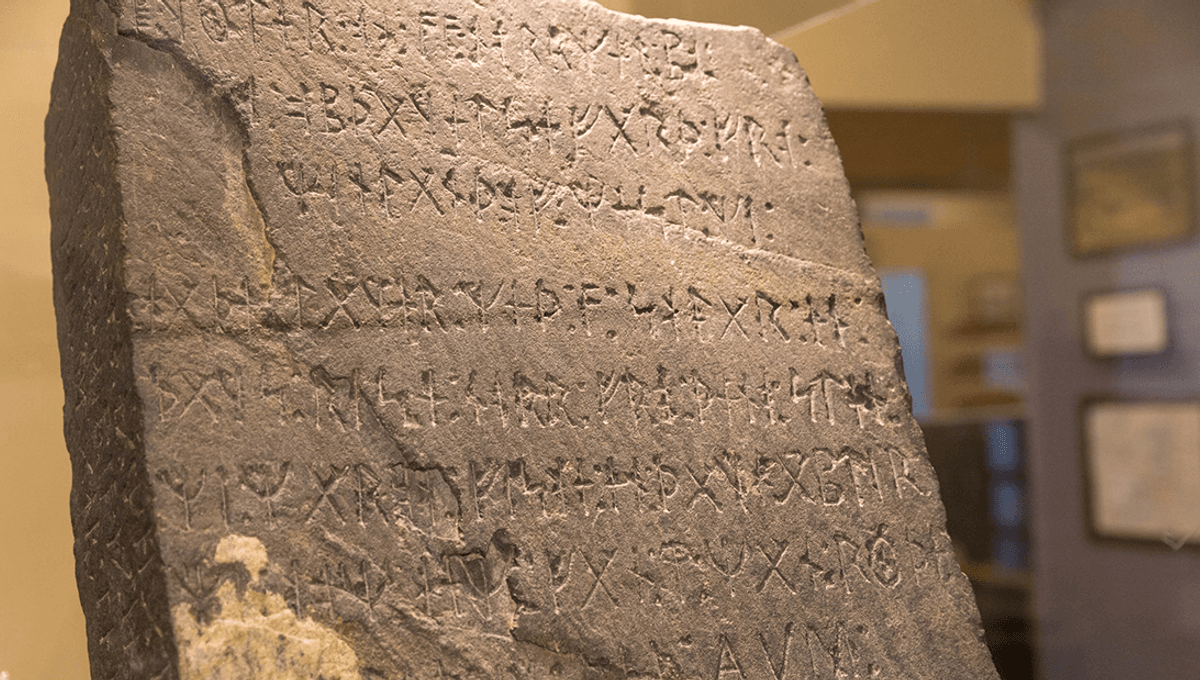
Image credit: Lorie Shaull/Flickr (CC by 2.0)
However, when scientists began to study the tablet, they were puzzled. It was created in the 14th century. At that time, only indigenous people lived in North America. It’s hard to imagine that a Viking managed to make such a bold journey and leave behind such an unusual “evidence.”
5. Underwater Sicilian Stonehenge
Off the coast of Sicily, scientists discovered a monolith very similar to the world-famous Stonehenge. It is located at a depth of about 40 meters and weighs around 12 tons. It was determined that the monolith was erected 9,000 years ago. This means that it appeared forty centuries earlier than Stonehenge.
The construction of such a structure would have required colossal efforts. And it’s difficult to speculate who built it and for what purpose. Moreover, it turned out that it is made of a stone that cannot be found in the vicinity of Sicily. This means that the unknown builders would have needed to transport construction materials to the destination.
The monolith has another mystery. Several circular passages have been found in it. The purpose of these passages also remains unclear.
6. Lanzhou Stone
In China, one of the local residents managed to discover a black stone inside of which was a metal rod, the origin of which has not been explained to this day.
However, it turned out that the stone was formed several million years ago. There is a version that the found stone is a meteorite that fell to Earth. According to this hypothesis, the metal bolt was made by representatives of an extraterrestrial civilization.
A similar stone was discovered in the Moscow region about two decades ago. It had the same black color as the Chinese artifact and contained a metal “screw” inside it. Who knows, perhaps from time to time parts of crashed alien spaceships fall to Earth?
7. Williams Fork
One day, William Williams was walking through the countryside. Looking down, he noticed a strange stone. That is, the stone was quite ordinary, but three metal teeth resembling an electrical plug protruded from it. The stone is a natural quartz formed about a hundred thousand years ago.
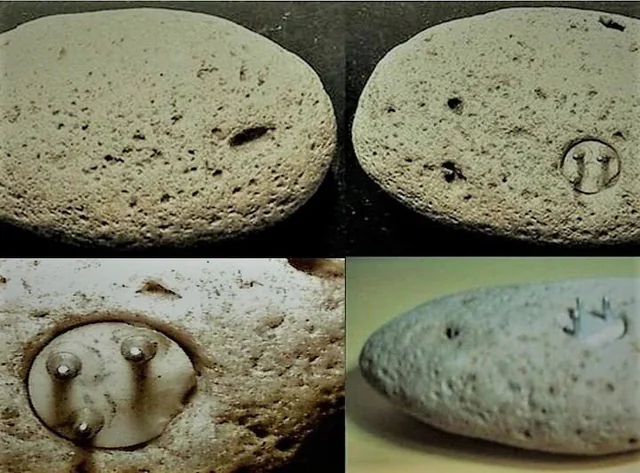
Where did such unusual inserts come from, and could they be man-made? This question awaits its answer. Although many assume that Williams himself fabricated the “artifact” to attract widespread attention.
8. Piri Reis Map
This map was accidentally discovered in the archives of one of the Turkish museums in 1929. It is drawn on gazelle skin. Most likely, this is just a fragment of a larger map that has not survived to this day. The map was compiled around the 15th century.
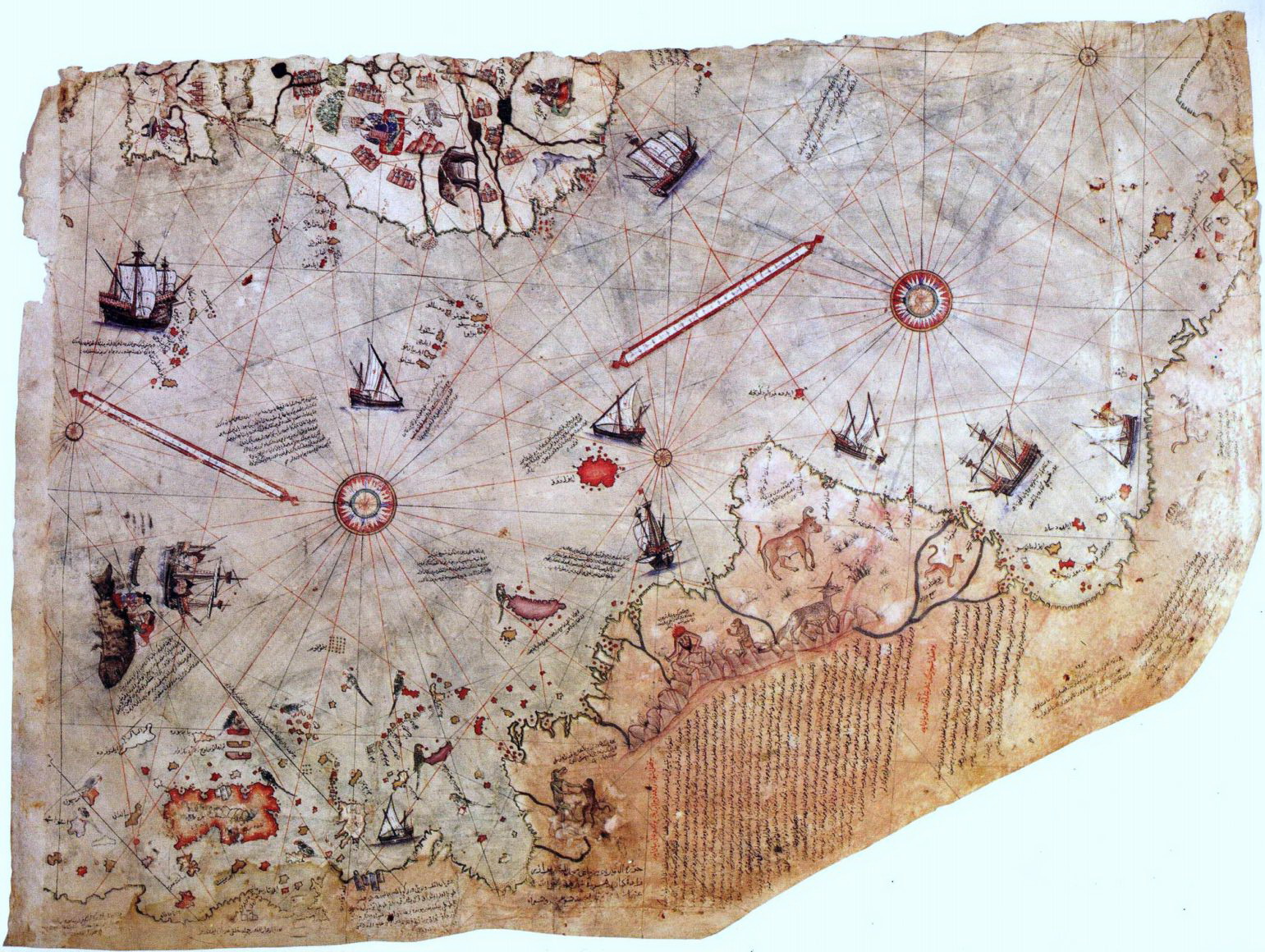
What is the uniqueness of this artifact? It’s what it depicts. On the map, you can see South America, Europe, and Brazil, as well as the western coast of North Africa and even a fragment of Antarctica. At the same time, the continent is not covered with a layer of ice, which appeared about 6,000 years ago. And Antarctica, as we know, was only discovered in 1820 – in the 18th century.
9. Silver Scroll of Jerash
In 2014, a delicate silver scroll was discovered inside an amulet housed in one of the European museums. It was impossible to unroll it: any attempt would have resulted in the scroll being completely destroyed. However, scientists managed to read what was written on it using 3D modeling methods.
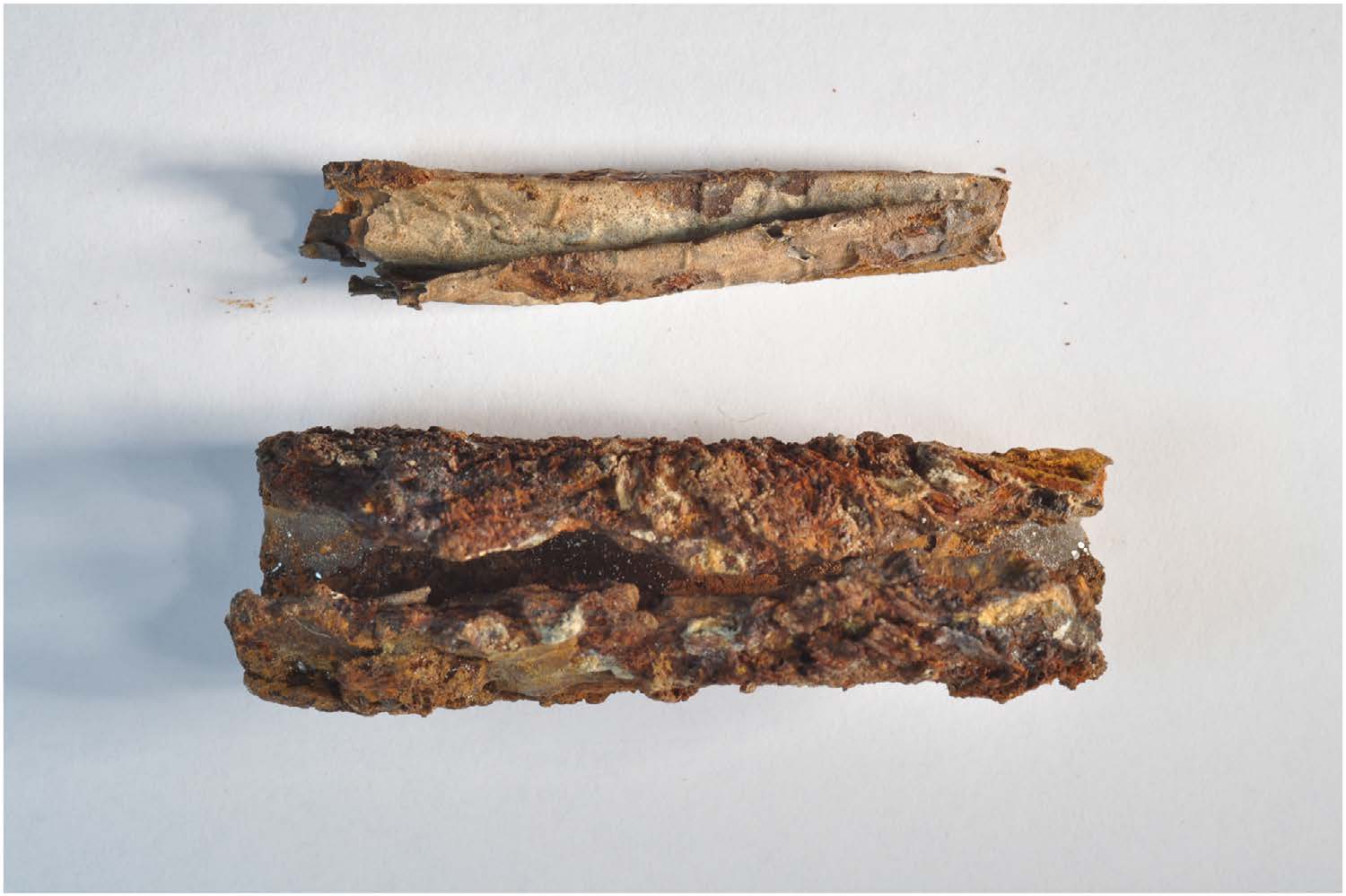
It turned out that the silver is engraved with the story of a certain sorcerer who arrived in the city to help the local residents deal with a raging evil spirit. Moreover, the first line is written in Greek (it was easy to read). The rest of the lines are written in an unknown language, remotely resembling Arabic.
10. Chinese Mirrors Defying Optical Laws
These bronze mirrors can be seen in many museums around the world. One side is smoothly polished, while various images and inscriptions are applied to the other side. At first glance, there seems to be nothing special about them. However, if you shine a beam of light onto the smooth side, the image engraved on the reverse side will be reflected.
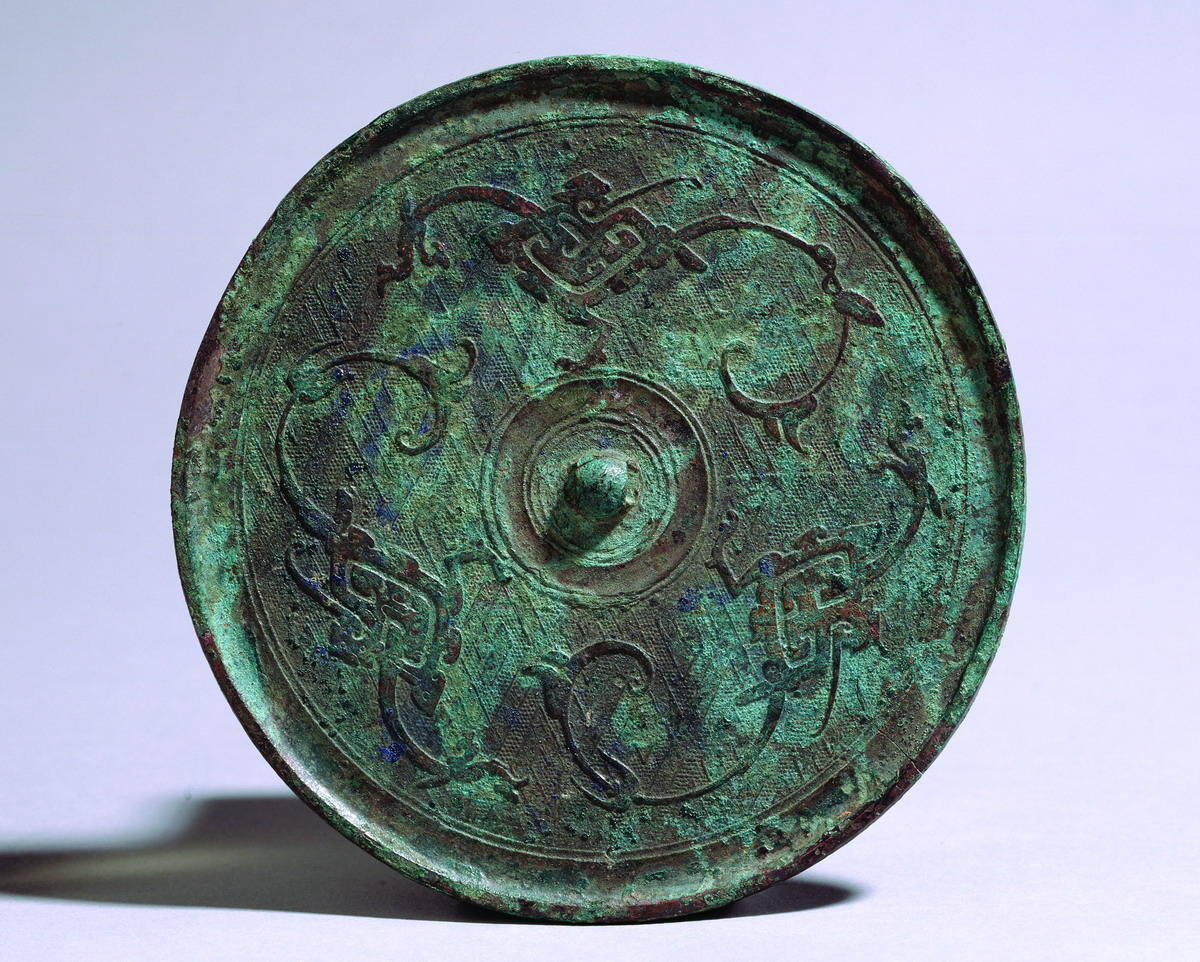
Moreover, it will be reflected in volumetric form, like a holographic projection. To this day, it has not been possible to determine how ancient masters achieved such an impressive effect. It is not even clear what these mirrors were made for. Perhaps they contain encrypted messages that researchers of the future will have to decipher?
Many of the artifacts listed above are considered forgeries. Most likely, they were made in the 20th or 21st centuries by people who desperately wanted fame and wealth. But still, some of the items cannot be forgeries. Therefore, there is still a vast field of work for scientists and all lovers of mysteries and puzzles!
